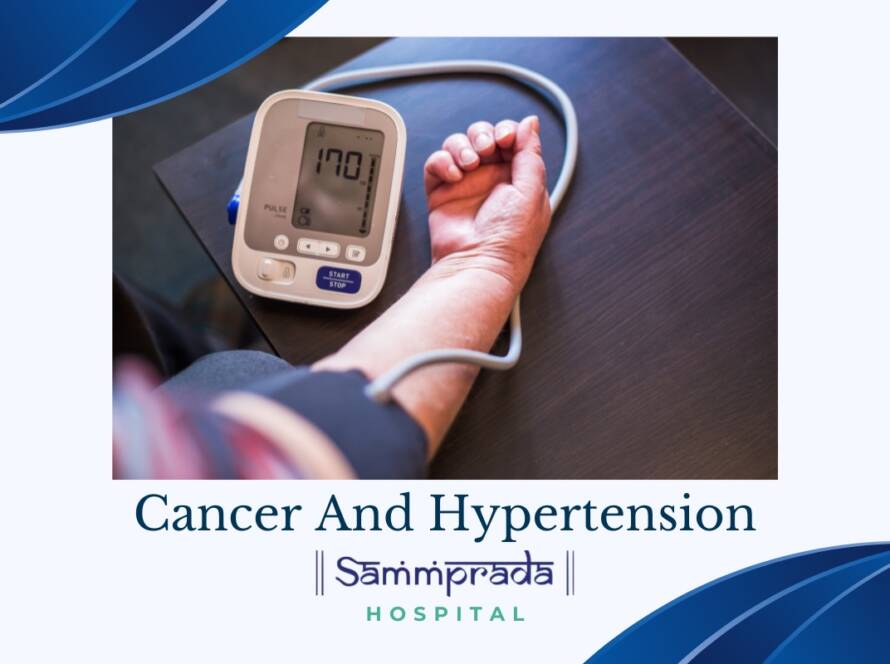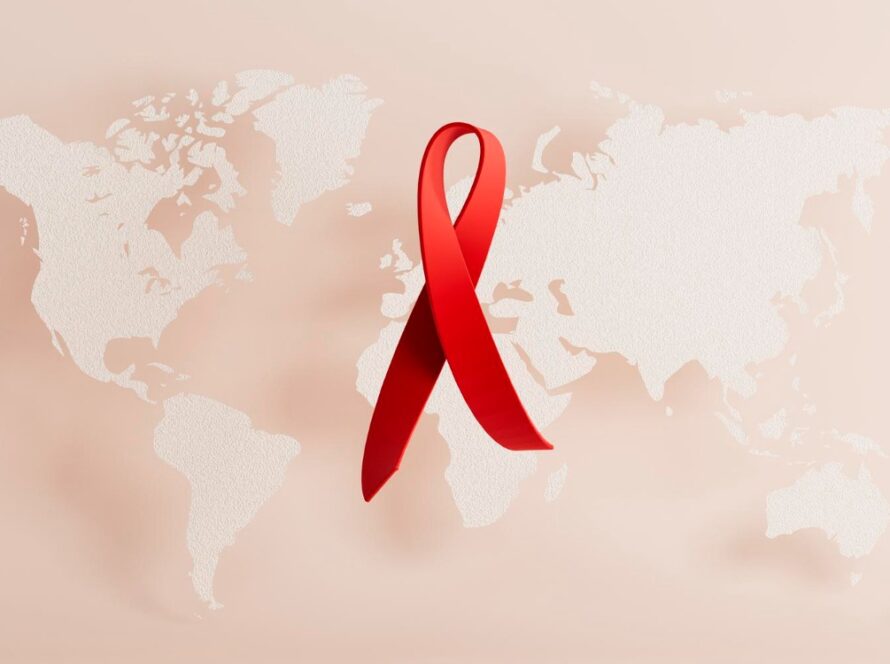Introduction
Chronic diseases include cancer, heart disease, diabetes and neurological disorders. An individual’s lifestyle which includes moderate to vigorous physical activity lowers the risk of chronic diseases. Such activity includes exercise which elicits sweat and hasten the heart beat eg: brisk walking, running, cycling or swimming. Exercise is a structured and planned form of physical activity, which enables improving and maintaining physical fitness.
At Sammprada onco + wellness hospital, we will enable understanding the amount, type and intensity of exercise needed for an individual based on their risk assessment for chronic diseases.
It is important to practice exercise on a regular basis. It includes a minimum of 20-25 mts moderate activity or 10-12 minutes of vigorous activity per day. If a person is initiating exercise afresh, it is important to practice a graded increase in the quantum of activity, Along with the mentioned activities, it is important to include strength training, such as lifting weights and other muscle building exercises atleast 2 days a week.
The benefits of adequate physical activity include lowering of blood pressure, better control of glucose load and favorable lipid profile. It also enables antagonizing the progression of atherosclerotic disease and contributes to the reduction in coronary artery disease, when compared with leading a sedentary lifestyle. The favorable action of exercise on diabetes control, in-turn precludes the associated cardiovascular complications.
25% of cancer cases worldwide are caused by overweight or obesity and a sedentary lifestyle. Exercise when introduced as a behavioral intervention along with dietary modification and weight loss has a significant impact on the incidence of cardiovascular diseases.
Aging is associated with various functional changes including chronic disease states. Beginning exercise, even late in life can be effective in reversing the structural compromise. Physical activity patterns which begin in childhood often are carried into adulthood. Children should get moderate or vigorous activity for atleast 60 minutes/day, and this should happen for atleast 3 days/week.
Some of the other benefits of an active lifestyle include: improved self-esteem, feeling elated, less likely to have mental health issues such as depression or anxiety, possess strength and endurance, maintaining healthy body weight and better health of the bones.
Regular physical activity is likely to reduce the risk of some cancers, and recurring pattern of activity is beneficial during and after the treatment of cancer.
Exercise helps cancer survivors cope with and recover from treatment and improves the health of long term cancer survivors, thus improving survival. Its benefits extend throughthe spectrum of cancer. At Sammprada, we will customize the amount, type and intensity of exercise as needed for each patient. .
Available evidence indicates the other benefits of exercise for cancer patients which include: improved psychological wellbeing and quality of life (QoL), physical functioning, curtailing the fatigue, control of body weight, enhanced endurance, raise immune function and cardiovascular functioning. It benefits other constitutional symptoms of cancer patients such as lack of appetite, paresthesia, constipation, muscle pain and arthralgia, insomnia, anxiety and depression.
Let us briefly understand what is vascular disease:
Vascular disorder or vasculopathy is a condition where the circulation is affected due to changes in the arteries, veins and/or lymph vessels and sometimes due to blood disorders. When this affects the arteries of the heart, it is called as coronary artery disease. It could also affect other parts of the body including carotid vessels in the neck, and lower limbs. Regular physical activity has been shown to reduce the risk of vascular disorders among both men and women.
Among patients with peripheral arterial disease (PAD), progressive physical activity is an effective treatment to improve walking distance and reduce cardiovascular events and mortality. However with increasing age, the ability to effectively engage in physical activity tends to reduce gradually. The vascular Surgeons’ at Sammprada Onco + Wellness provide appropriate management of vascular disease, which includes addressing the risk factors and providing effective drug therapies.
Conclusion
- Evidence shows that cardiorespiratory fitness increases as an individual transitions from being sedentary to an activity level of roughly 72.2 minutes per week, that is 10 minutes per day,
- A minimum of 150 minutes of moderate-intensity exercise per week or 75 minutes of strenuous exercise per week are beneficial,
- While intense activities include jogging/running, biking (more than 10 mph), playing tennis, swimming, etc., moderate activities include brisk walking (2.4 to 4 mph), biking (5 to 9 mph), active yoga, and recreational swimming.


